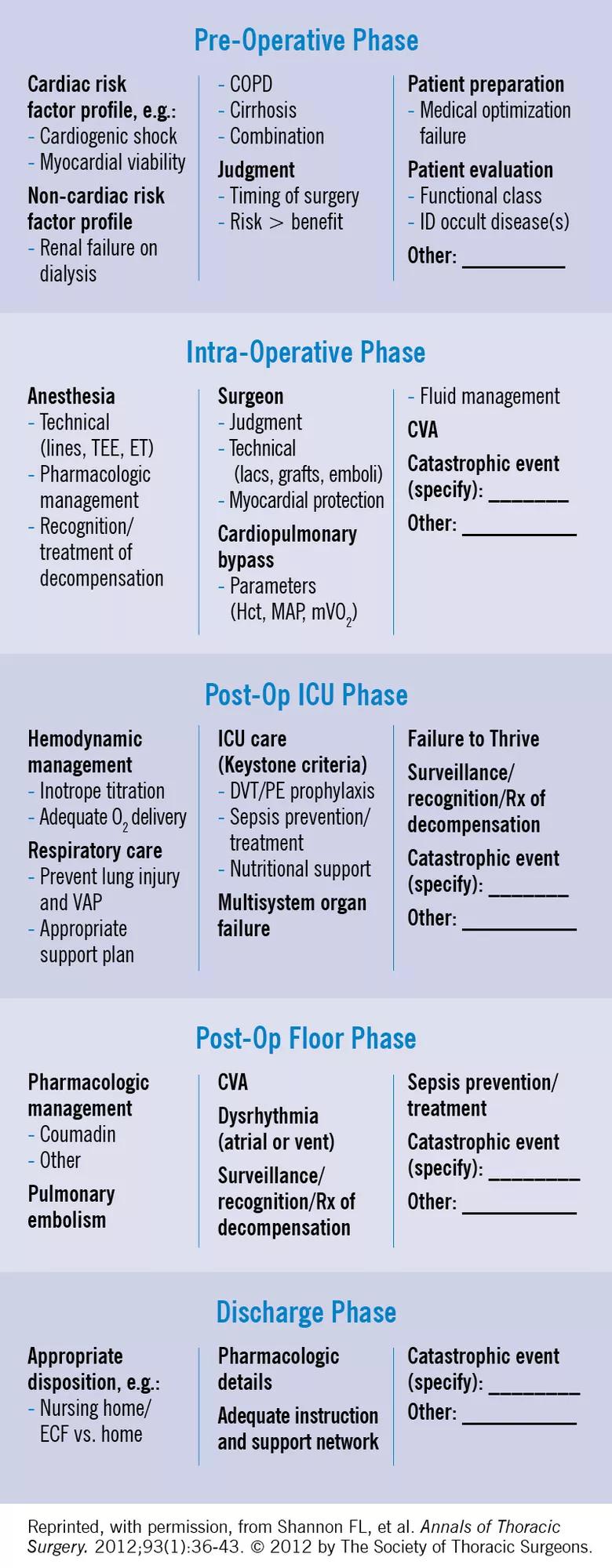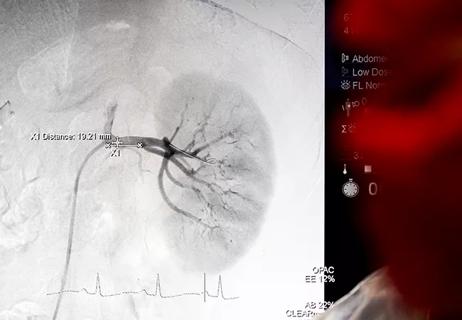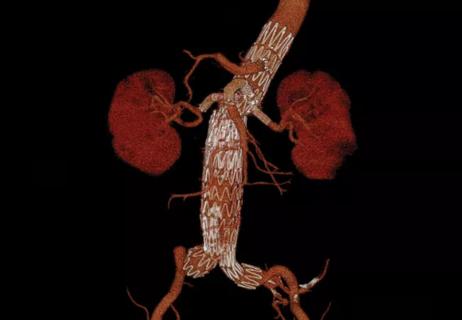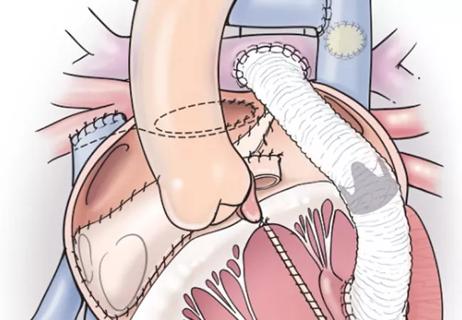Why and how we encourage phase-of-care mortality analysis among our affiliated programs

The morbidity and mortality review (M&M) has served the healthcare community well over the years, but is it the best tool for detecting patterns behind the triggers of potentially avoidable surgical deaths?
Cleveland Clinic is a non-profit academic medical center. Advertising on our site helps support our mission. We do not endorse non-Cleveland Clinic products or services. Policy
That question spurred a team from the Michigan Society of Thoracic and Cardiovascular Surgeons (MSTCVS) a few years ago to develop a new approach to mortality review called phase-of-care mortality analysis (POCMA) (Ann Thorac Surg. 2012;93:36-43).
Surgeons in Cleveland Clinic’s Department of Thoracic and Cardiovascular Surgery were impressed by the POCMA methodology, and by 2016 they adopted it with modest modifications into their own mortality review process. In the fall of 2016, this phase-of-care analysis platform was adopted by affiliate and alliance provider organizations participating in Cleveland Clinic’s Cardiac Surgery Affiliate Program.
“POCMA represents a new, standardized way of doing mortality review,” says cardiothoracic surgeon Edward Soltesz, MD, MPH, Director of the Cardiac Surgery Affiliate Program. “It has proved successful in helping hospitals implement center-specific systemwide protocols to enhance patient safety and improve outcomes, so we felt our affiliate and alliance partners would be eager to share our use of it.”
The premise of POCMA is that each mortality is rooted in a single event that culminates in either immediate death or deterioration and eventual failure to recover after cardiac surgery.
The POCMA model was developed from a collaborative interrogation of all postsurgical mortalities over a 4.5-year period among Michigan institutions participating in the MSTCVS. The objective was to provide a reproducible, structured platform for mortality review with the aim of identifying the root cause by focusing on a seminal event that may have triggered a cascade of events leading to death.
The MSTCVS interrogation classified the specific phase and subcategory of care responsible for each mortality, identifying five phases of care and several categories of potential mortality triggers within each phase, as outlined in the figure below. The POCMA process is designed to examine the seminal event in the context of the phases of care, and then to categorize the root cause as either avoidable or unavoidable — and, if avoidable, to determine what system changes can be implemented to prevent similar events. The process allows for nuance, recognizing that a case may have more than one mortality trigger and that more than one phase of care may be involved.

Figure. The five phases of care from the POCMA form.
The ultimate objective is to better identify areas of care that may be amenable to strategic interventions to reduce mortality and improve overall quality. The focus on triggers is a key difference from a standard M&M review, with POCMA emphasizing identification of where the system of care did not work and how to fix it.
Ridgewood, New Jersey-based Valley Health System is an alliance partner that has worked with Cleveland Clinic since 2015 and has enthusiastically embraced the POCMA process — not just for cardiac surgery but across other cardiovascular services they offer. Exceptional high-quality care is an ongoing priority for The Valley Hospital, and this tool was an obvious process enhancement that the leadership team and physicians eagerly adopted and immediately found valuable.
“POCMA provides a defined system of analysis for each case event,” says Mary C. Collins, RN, MSN, APN-BC, Director of Cardiac Specialty/Cardiac Surgery Programs, The Valley Hospital. “It promotes a comprehensive evaluation across the continuum of care and how each phase of care may have contributed to the event. This helps us uncover areas for modification and improvement.”
“The POCMA system encourages the surgeon to broaden analysis beyond the OR suite to improve results,” adds Valley Health System cardiac surgeon Alex Zapolanski, MD.
Dr. Soltesz identifies at least two benefits that many cardiothoracic surgery programs are likely to reap from the POCMA process, regardless of program size.
The first is heightened recognition of the importance of the preoperative phase of care, particularly regarding complete and accurate presurgical risk assessment. “Too often surgeons may rush to a decision to operate without having all the necessary data on a patient’s comorbidities and appropriateness for surgery,” Dr. Soltesz observes. “POCMA has helped us and others realize how often mortalities begin in the preoperative phase, with the workup not being complete enough to reveal that a patient was too ill to be operated on.”
A second likely benefit is greater impetus to prioritize myocardial protection during the intraoperative phase of care, he adds.
With these insights from Cleveland Clinic’s own use of POCMA, the Cardiac Surgery Affiliate Program team has integrated the methodology into its recurring quality meetings with affiliate and alliance programs. Whereas these meetings used to review only hard outcomes, they now include reviews of cases involving mortalities, which are done through the prism of POCMA.
Those reviews sometimes reveal a problem in a particular area, such as myocardial protection, that others have grappled with, allowing the team to share recommendations based on the experience and learnings of other affiliate and alliance partners.
While it may seem difficult for a program to have an external program direct a review of its mortality-related outcomes, the Cardiac Surgery Affiliate Program team notes that most partner programs take to it well over time. One reason is that they recognize that Cleveland Clinic has seen all kinds of case outcomes itself — both successes and failures — by dint of the very large number of cardiac surgery patients it treats every year and that insights can be gleaned from that experience.
Perhaps even more important is that POCMA is designed to objectify mortality review, and involving an outside program reinforces that. “POCMA encourages surgeons to take a step back and try to understand where a mortality trigger occurred,” says Dr. Soltesz. By standardizing the mortality review and introducing an outside reviewer, the POCMA process compels surgeons to carefully look at all phases of care and discourages premature assumptions about root causes.
“It’s not a review of the surgeon; it’s a review of processes and protocols — the system — and it’s based on phases of care,” Dr. Soltesz emphasizes. “It’s not about blame but rather about what the system might have missed, and why. Many affiliate and alliance programs have realized the value of this, and it becomes a win-win, because we continue to learn what does and doesn’t work across programs of various sizes.”
For information on affiliation and alliance opportunities with Cleveland Clinic’s Heart & Vascular Institute, visit clevelandclinic.org/heartaffiliates.

General principles for use of the long-awaited new therapy approach

ACC panel issues call to action to achieve CV health equity in an underserved population

Get a glimpse of the facilities and technologies used by the nation’s top-ranked heart program

EVAR pioneer Dr. Juan Parodi surveys the past and future of a revolutionary procedure

Latest systems combine continuous glucose monitoring with automatic basal insulin delivery

Common congenital lesion is not always benign

New study yields pre-pandemic insights for the post-pandemic landscape

Series of five patients successfully treated with ‘ventricular switch’